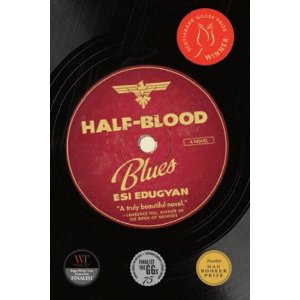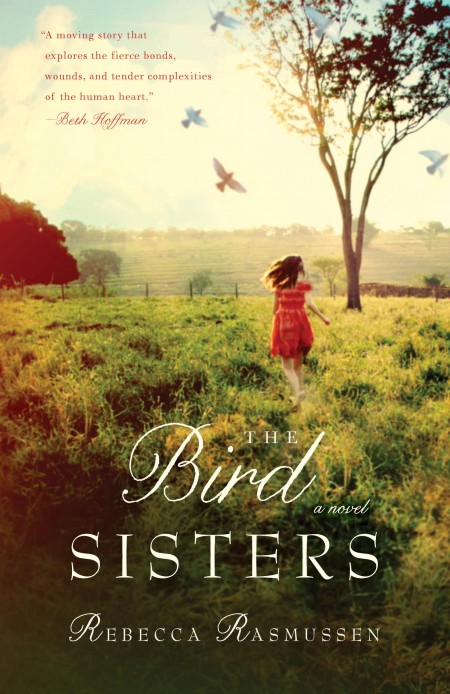January
Jimmy and Linda come to Vancouver. We visit the aquarium and have a grand time all around.
(No photos available but fun was had by all.)
Retreat to Mount Baker with the Le Petit gang.

February
Monique is off to SFO to attend RSA.
(Excellent food was eaten. None available in photo form.)
April
We discover the UBC Choral Singers. Lovely.
Visit Winnipeg for Jan’s retirement, Linda’s birthday, and a visit with Pa.
Enjoy the Dan Mangan concert with Siobhan, Chris, Boris and Rachael. Discover Aidan Knight.
May
Monique trundles off to St. John’s, Nfld, to chat about ebooks to the Literary Press Group of Canada. The visit includes celebrating Tom Power’s birthday with John K Sampson, fiddles and a fog machine.


Jan visits. We go to the opera.

James and Monique get engaged. Wait, what? I know.


June
Monique and James zoom off to NYC and visit with Marshall and Kerry.


Siobhan celebrates the non-shower shower.

Judy’s shower.

Off to Osoyoos to visit Jimmy and Linda.

July
D & J’s wedding


Siobhan & Chris’ wedding

August
James and Monique spend August at Ainslie Point Cottage on Pender Island.

Boris & Rachael come for a visit.


Darren and Julie visit us on Pender.

James gets hired by Mobify.
Leah’s stagette is memorable.

September
Jay & Leah’s wedding

For James’ birthday we visit the Cascades and hunt for mushrooms.

October
Monique’s shower for ladies.

Monique’s night out with the girls.

Thanksgiving at Boris and Rachael’s.
(Ate so much even the photos disappeared.)
Get Hitched on Oct 16.


Celebrate Tamya’s birthday

Decorate the Halloween tree with Damian

November
Winnipeg Wedding Tour

Make sausage in Winnipeg with Scott and Ryan. Lots of it.

Celebrate Monique’s birthday at CRU and then attend Ballet BC’s 3 Fold.
(Awesome.)
Kitchen staff for Le Festival de la Poutine.

December
Christmas

Boxing Day on Bowen


Scott & Carrie’s wedding on NYE
(Loveliness still to behold.)

Happy 2011 and Best Wishes for 2012!
 Gooselane is running a special promotion this week. Each day they are offering one book at a discounted price. Today’s pick is Roadsworth featuring 450 reproductions of this Canadian artist’s work. It’s awesome urban art. Love it.
Gooselane is running a special promotion this week. Each day they are offering one book at a discounted price. Today’s pick is Roadsworth featuring 450 reproductions of this Canadian artist’s work. It’s awesome urban art. Love it.







































